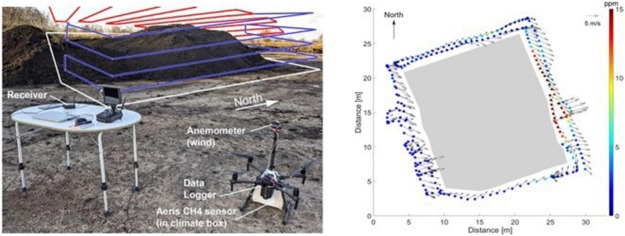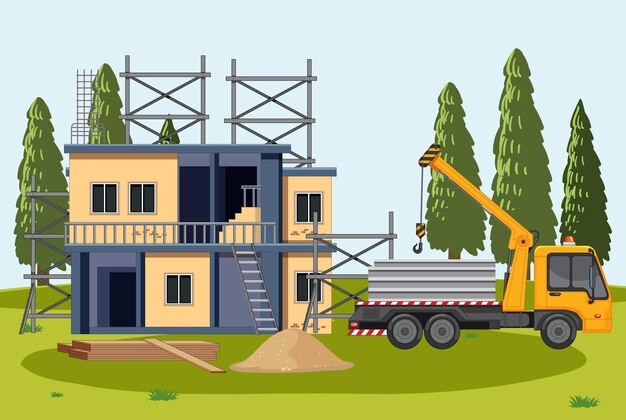Aerial Guardians: How Drones Monitor Methane Emissions in Landfills
Aerial Guardians: How Drones Monitor Methane Emissions in Landfills
In the rapidly advancing field of environmental technology, drones have emerged as a versatile and efficient tools. Particularly in landfill management, drones equipped with methane sensors act like “eagle eyes,” capturing every trace of methane emissions in real time from above. This revolutionary application offers unprecedented support for environmental protection efforts.
The Challenges of Methane Monitoring and Limitations of Traditional Methods
Methane, a potent greenhouse gas with a global warming potential far higher than carbon dioxide, is a critical concern in landfill management. However, its colorless and odorless nature makes it difficult to detect and quantify using conventional methods. Additionally, the vast areas and complex terrain of landfills require significant manpower and resources for monitoring, and traditional ground-based methods often fall short in achieving comprehensive coverage and timely responses.
To address these challenges, modern technology has introduced drones equipped with methane sensors, offering a solution that overcomes the limitations of traditional methods while significantly enhancing monitoring efficiency and precision.
Drones: Mobile Monitoring Stations for Landfills
Drones equipped with methane sensors can fly flexibly over landfills, collecting real-time methane concentration data. Compared to ground-based monitoring, drones offer several key advantages:
- Aerial View and Wide Coverage
Drones can swiftly cover entire landfill sites, providing extensive data collection capabilities. Even in remote or hard-to-reach areas where traditional methods struggle, drones can effortlessly operate, enabling a comprehensive understanding of methane emission patterns.
- Precise Detection and Real-Time Feedback
Advanced methane sensors have high sensitivity, capturing even minute changes in methane concentration during flights. Coupled with GPS capabilities, these sensors provide pinpointed emission locations. This real-time feedback mechanism enables landfill managers to respond promptly, mitigating potential risks effectively.
- Cost Savings and Improved Efficiency
Drone monitoring significantly reduces the need for manpower and equipment. Unlike traditional ground-based monitoring, drones can complete large-scale data collection in a short amount of time, dramatically improving efficiency. Their portability and ease of operation make drones a cost-effective solution for environmental monitoring.
The Core Technology: The Power of Methane Sensors
The methane sensors mounted on drones are the core enablers of efficient monitoring. Using advanced laser absorption spectroscopy technology, these sensors can accurately detect methane concentrations over long distances. This technology ensures high sensitivity and minimizes interference from environmental factors such as temperature and humidity, guaranteeing precise data.
Additionally, the sensors’ rapid response capability allows real-time methane detection during drone flights, simultaneously generating concentration distribution maps. These visual maps enable landfill managers to clearly understand the spatial distribution of methane emissions, providing a scientific basis for subsequent control and remediation measures.
Diversified Applications Empowering Environmental Protection
The applications of drone-mounted methane sensors extend far beyond landfill management. They are also valuable in monitoring natural gas pipeline leaks, assessing agricultural greenhouse gas emissions, and controlling industrial discharges. Through these diversified applications, drones’ “eagle eye” capabilities are becoming an essential asset in environmental protection.
Paving the Way for a Sustainable Future in Landfill Management
As environmental protection standards grow stricter, landfill methane monitoring is shifting from reactive responses to proactive management.
You may also read:Cash Home Buyers Can Help You Sell Fast
Drones not only improve monitoring efficiency and accuracy but also lay a foundation for the long-term sustainable development of landfills. By capturing methane emissions in real-time, drones enable landfill managers to take timely action to reduce greenhouse gas emissions and minimize environmental risks.







